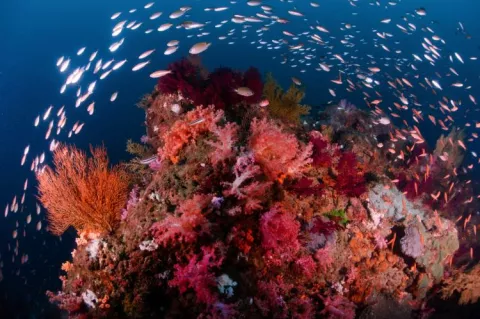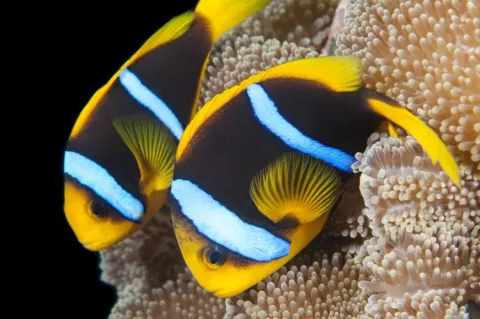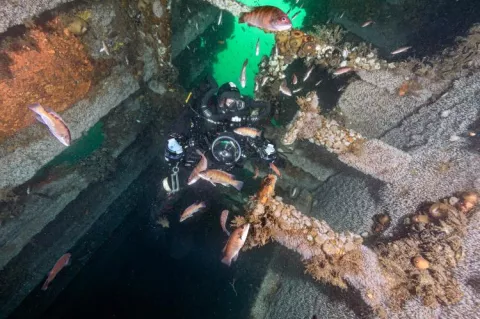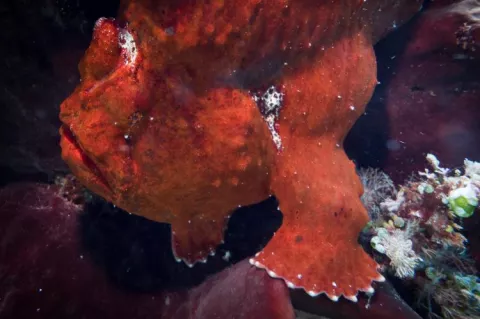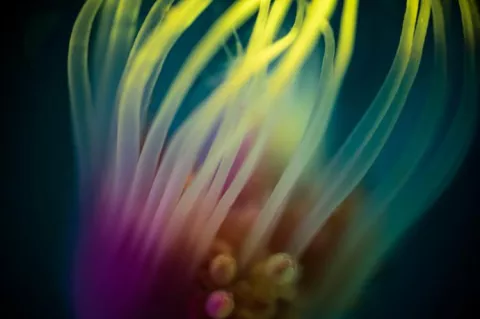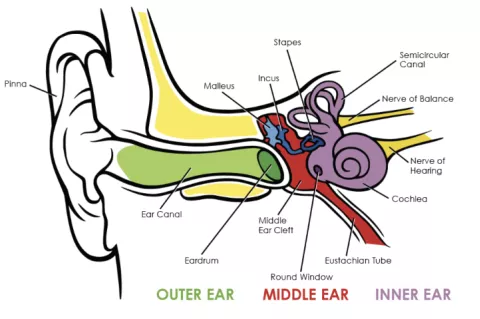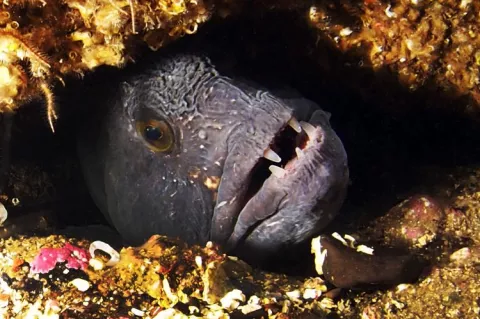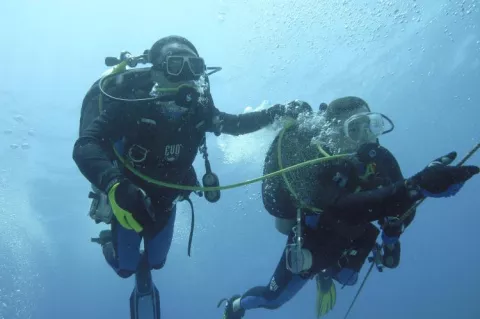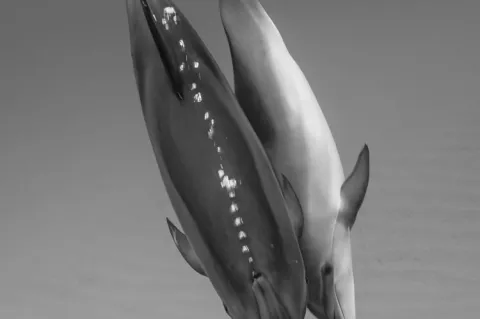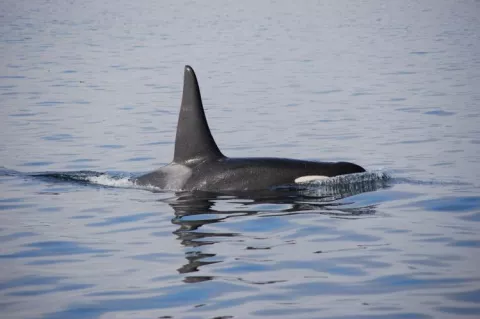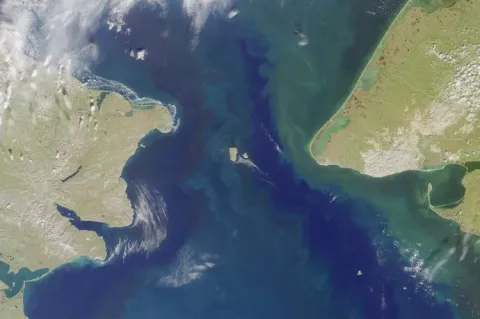Dive into Taiwan: Northeast Coast Treasures
Taiwan is a group of Pacific islands surrounded by warm tropical seas. It is easy to get to and get around, and it is also a first-world society with outgoing, friendly, laid-back people. Simon Pridmore gives us a glimpse into the beautiful dive sites and unique marine life that can be found here.

